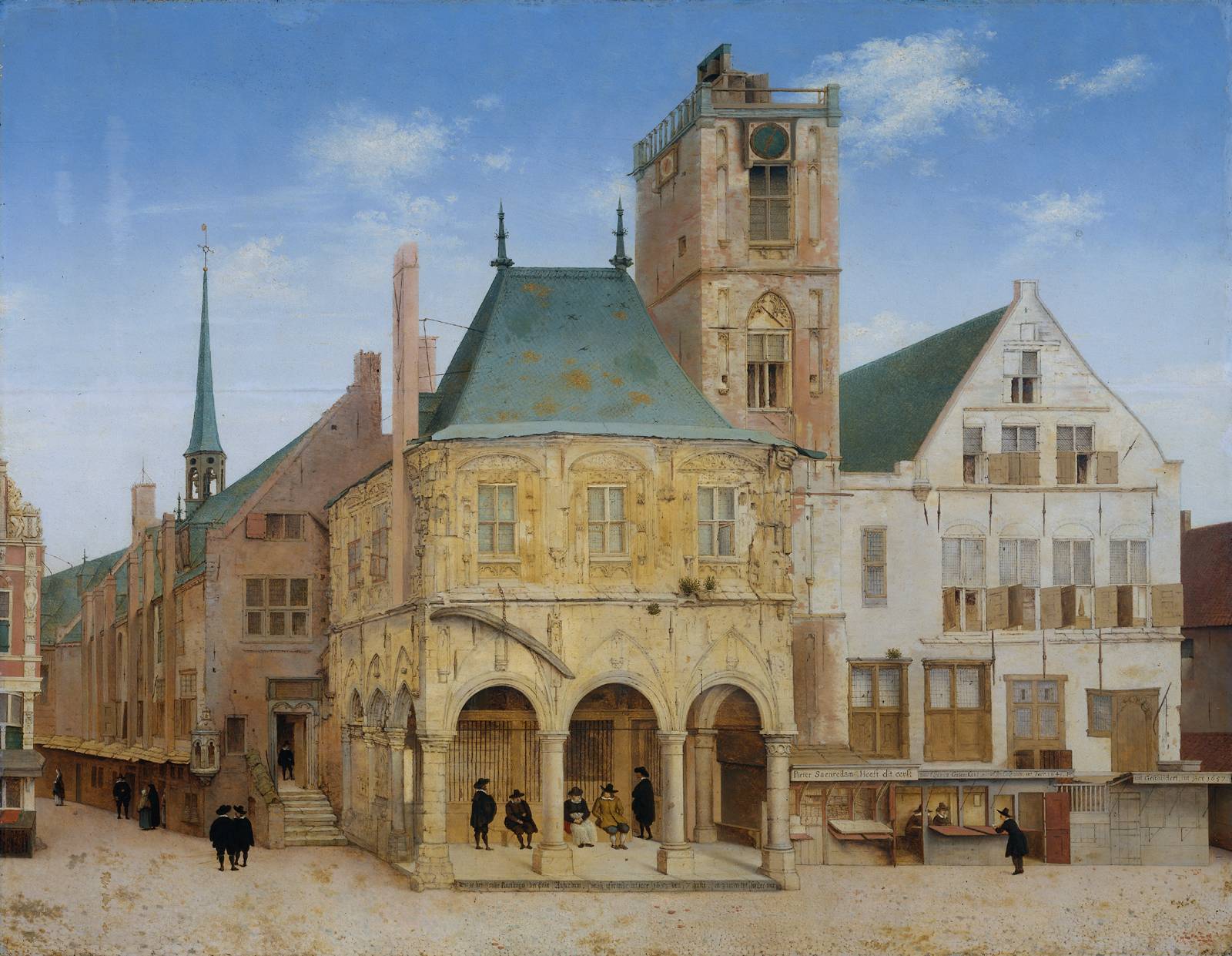
The Rise of Dutch Capitalism

Bank of Amsterdam, Established in 1609
Amsterdam Stock Market
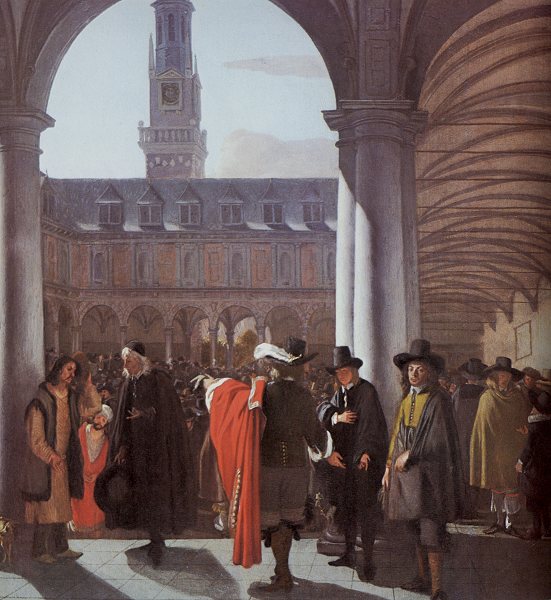
Emmanuel de Witte, Stock Market in Amsterdam, 1653
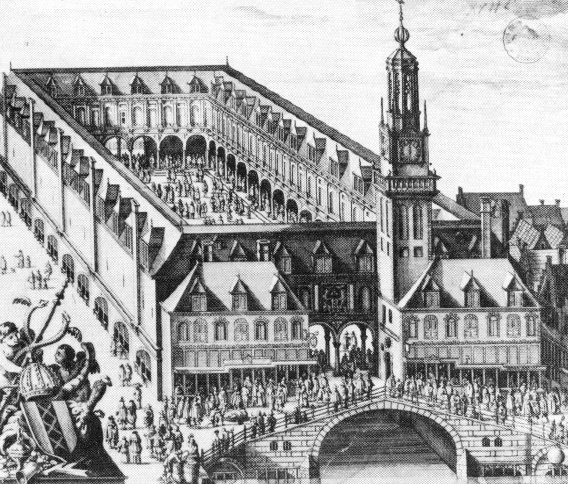
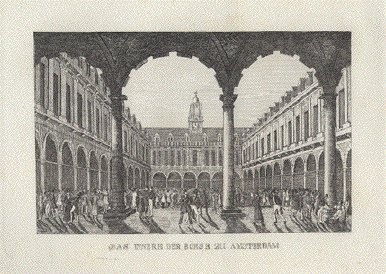
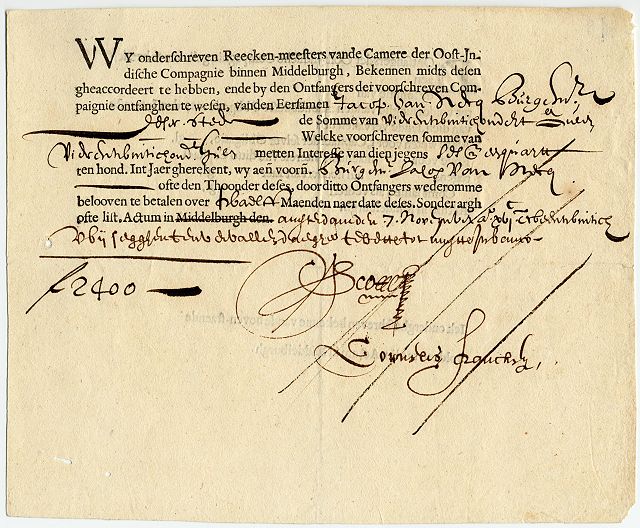
A bond issued by the Dutch East India Company and Traded on the Amsterdam Stock Exchange, dating from 7 November 1623, for the amount of 2,400 florins
The Great Tulip Crash of 1637

In 1637, Amsterdam’s commodity market in tulip bulbs crashed, causing capitalism’s first depression.
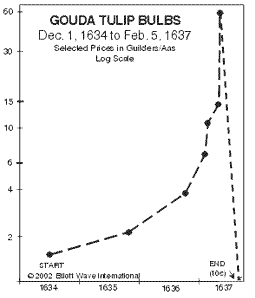 In
1593, a man by the name of Conrad Guestner imported the first tulip bulb into
Holland from Constantinople, in present day Turkey. After a few years, tulip
bulbs became a status symbol and a novelty for the rich and famous. Eventually,
tulip bulbs became a sought after item in neighboring Germany, as well.
After some time, a few tulip bulbs contracted a non-harmful plant virus called
mosaic. The effects of this mosaic virus were tulip petals with beautiful
“flames” of color. This unique effect furthermore increased the value of the
already rare and highly exclusive tulip bulb.
In
1593, a man by the name of Conrad Guestner imported the first tulip bulb into
Holland from Constantinople, in present day Turkey. After a few years, tulip
bulbs became a status symbol and a novelty for the rich and famous. Eventually,
tulip bulbs became a sought after item in neighboring Germany, as well.
After some time, a few tulip bulbs contracted a non-harmful plant virus called
mosaic. The effects of this mosaic virus were tulip petals with beautiful
“flames” of color. This unique effect furthermore increased the value of the
already rare and highly exclusive tulip bulb.
Initially, only the true connoisseurs bought tulip bulbs, but the rapidly rising price quickly attracted speculators looking to profit. It didn’t take long before the tulip bulbs were traded on local market exchanges, which were not unlike today’s stock exchanges. By 1634, tulip mania had feverishly spread to the Dutch middle class. Pretty soon many people were dealing in tulip bulbs, looking to make a quick fortune. The majority of the tulip bulb buyers had no intentions of even planting these bulbs. The name of the game was to buy low and sell high, just like in any other market. The whole Dutch nation was caught in a sweeping mania, as people traded in their land, livestock, farms and life savings all to acquire 1 single tulip bulb!
In less than one month, the price of tulip bulbs went up twenty-fold. When the crash came in early 1637, the bulbs lost nearly 100 percent of their value. Needless to say, innumerable investors were ruined.
Mercantile Wealth
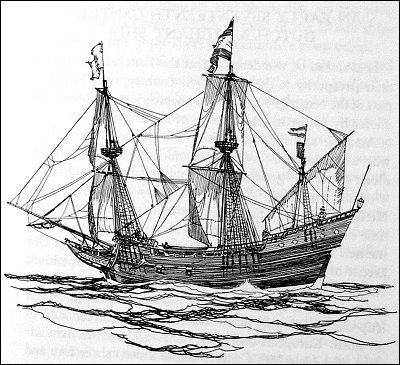
17th Century Dutch Merchant Ship
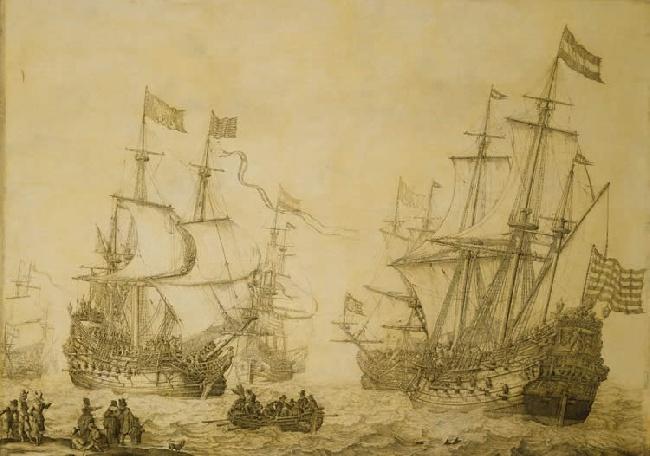
Two Merchant Ships Under Sail
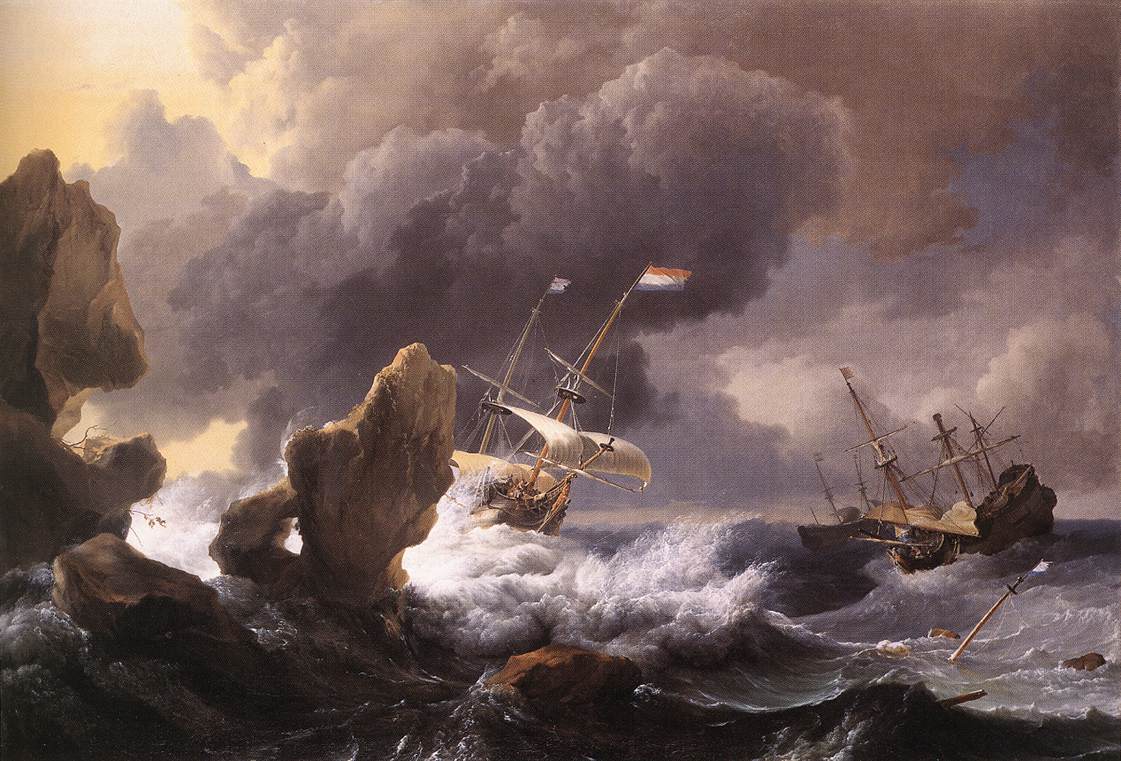
Merchant Ships in Distress

Merchant Ships Running Aground in a Storm
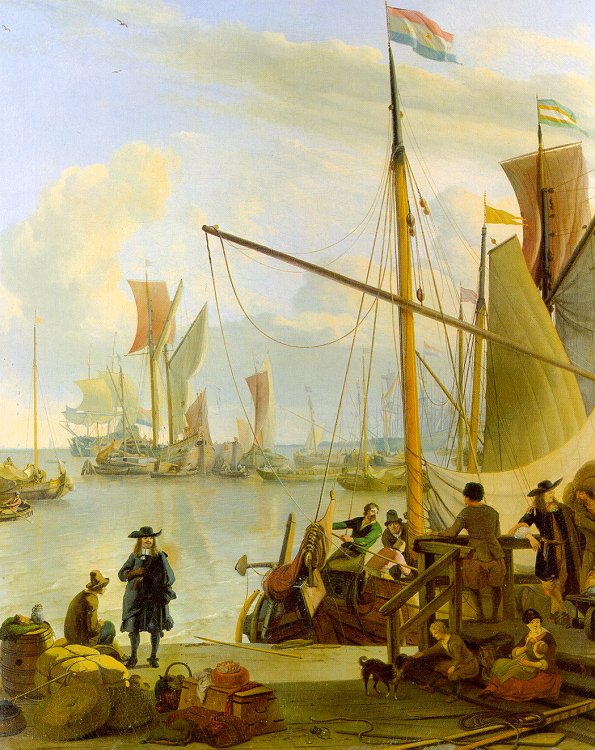
Merchandise Unloaded in Port
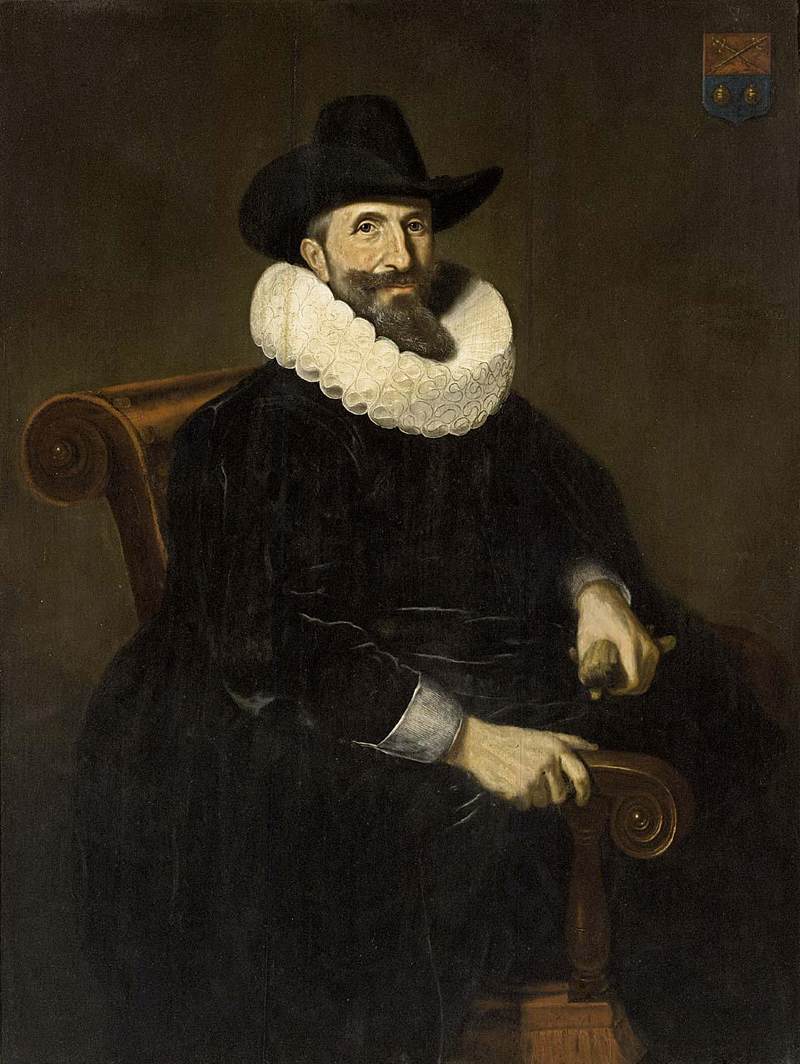
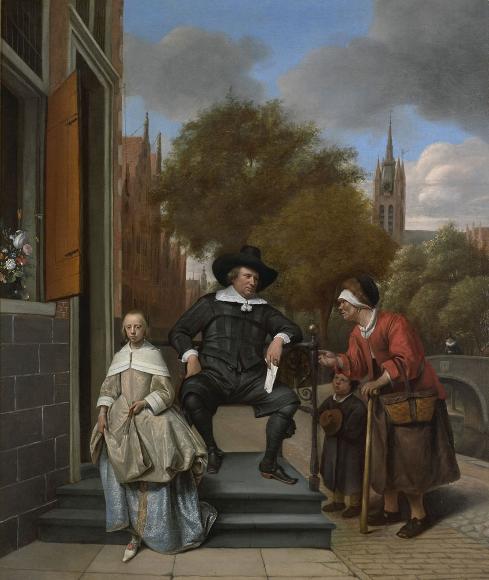
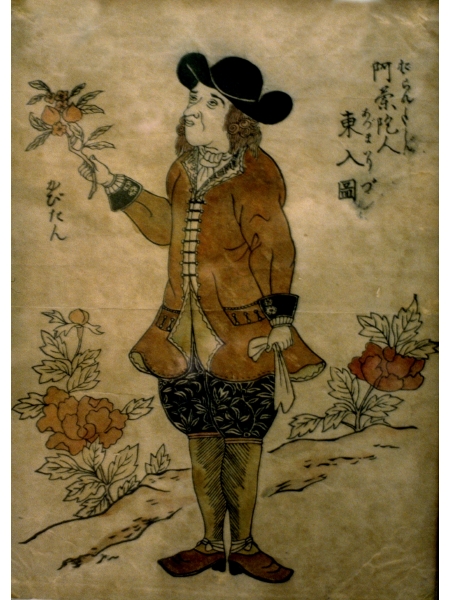
Dutch Merchants
Other Members of The Dutch Bourgeoisie
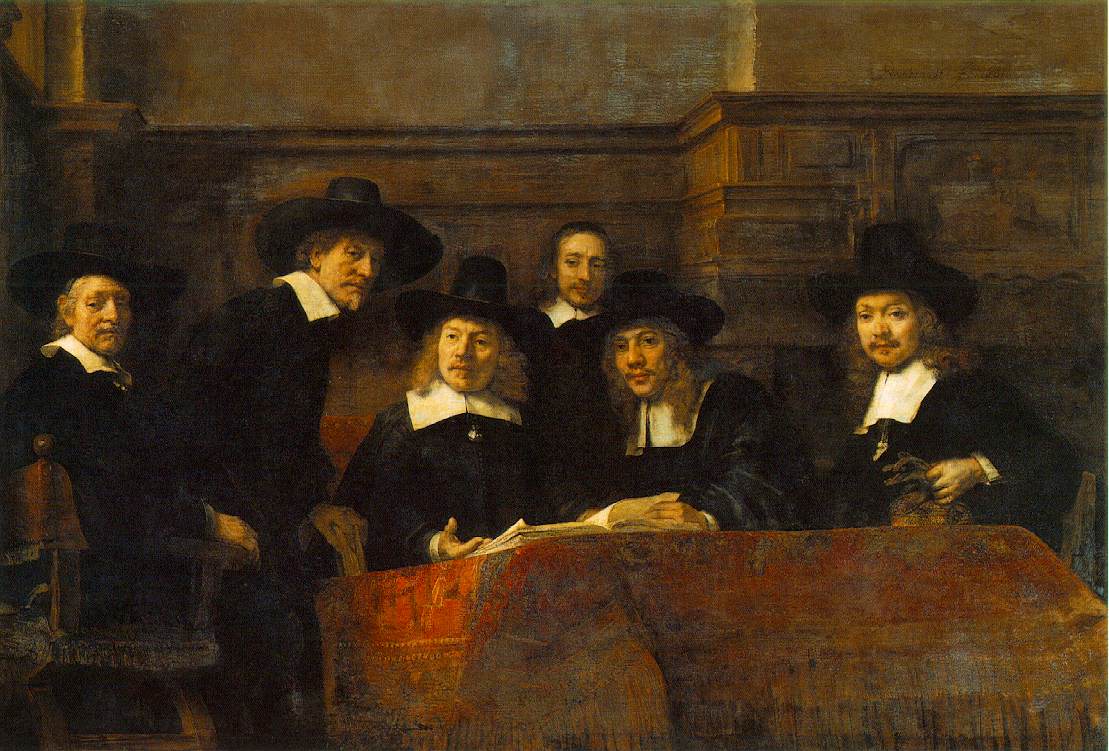
Rembrandt, The Syndics of the Clothmakers' Guild, 1662
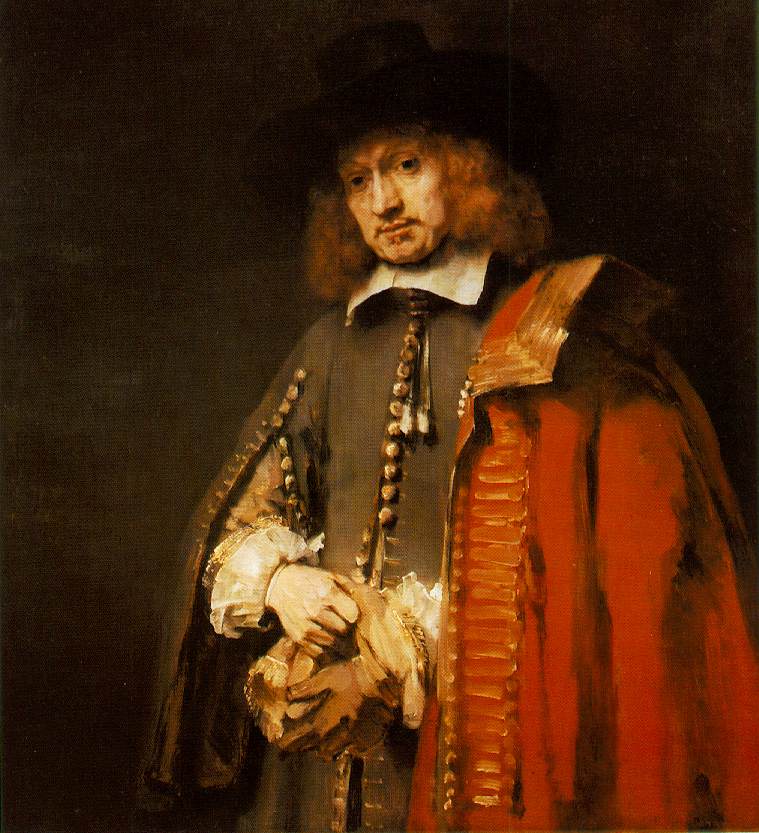
Rembrandt, Jan Six (Mayor of Amsterdam), 1654
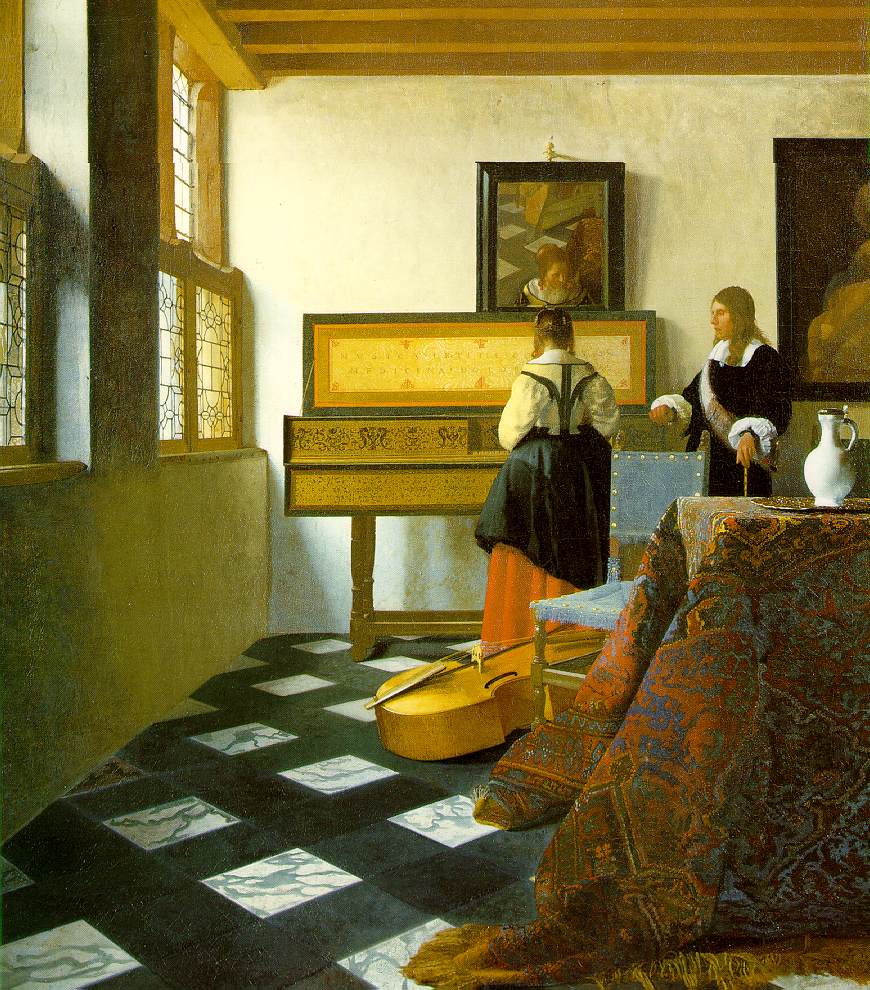
Vermeer, The Music Lesson (1662)
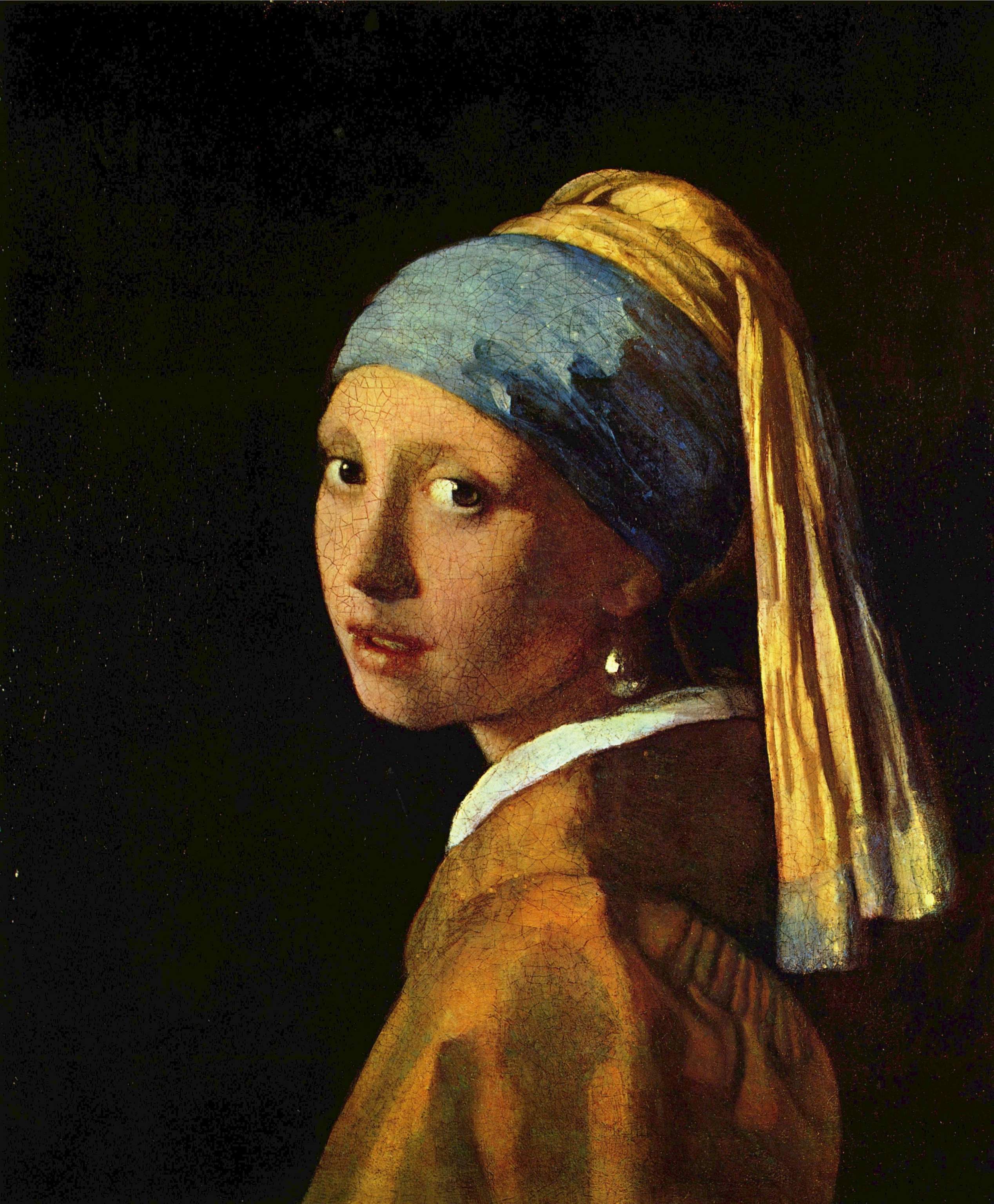
Vermeer, The Girl with the Pearl Earring (1665)
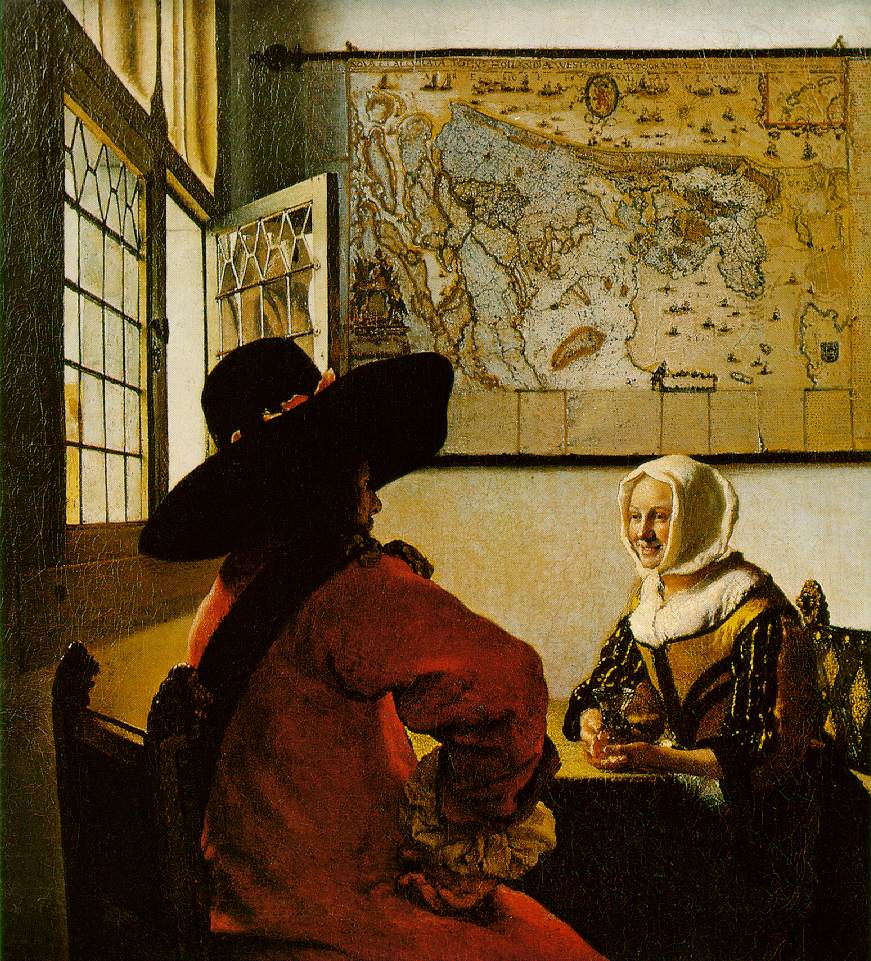
Vermeer, Officer and a Laughing Girl (1657-1659)
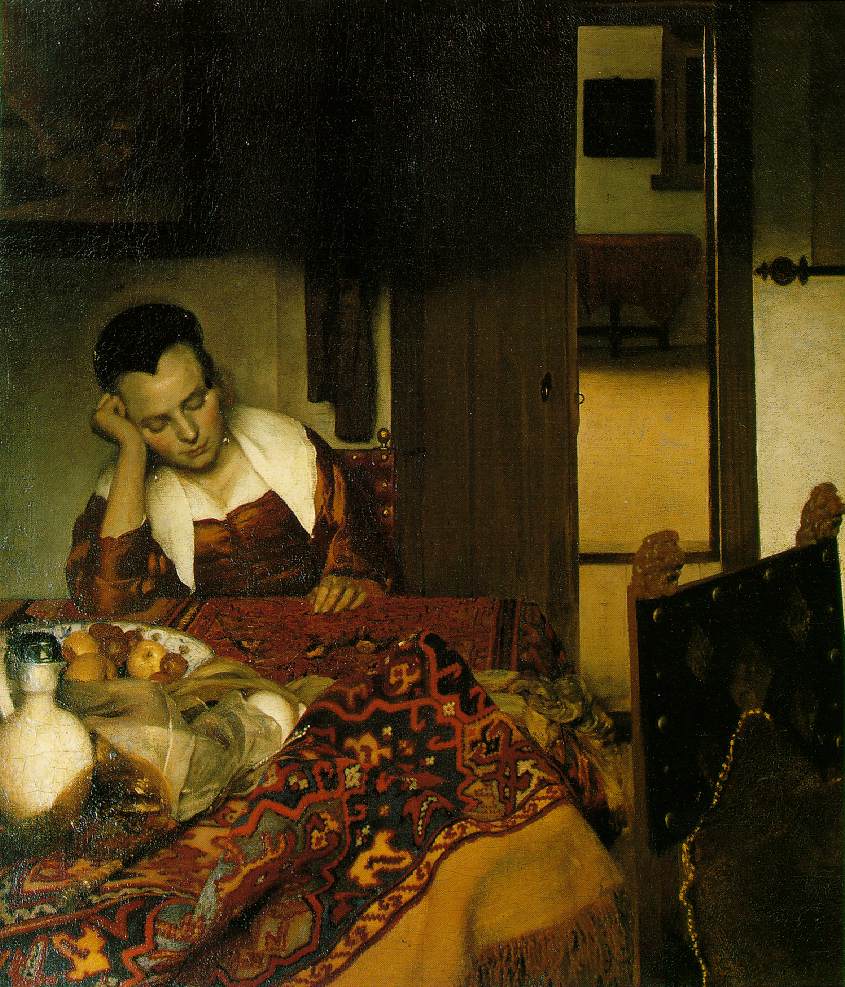
Vermeer, Young woman sleeping, 1656-1657
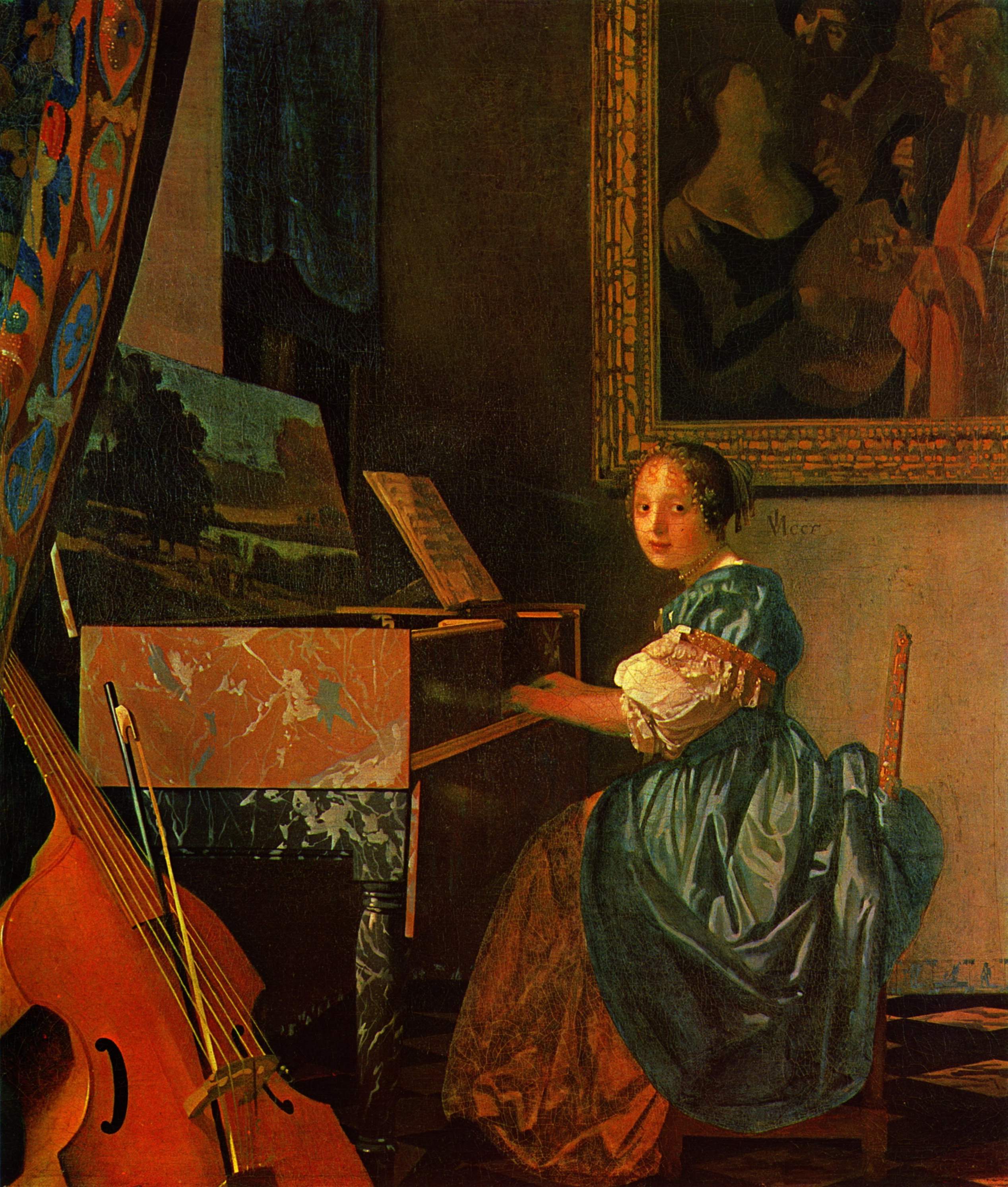
Vermeer, A Lady Seated at a Virginal (1672)
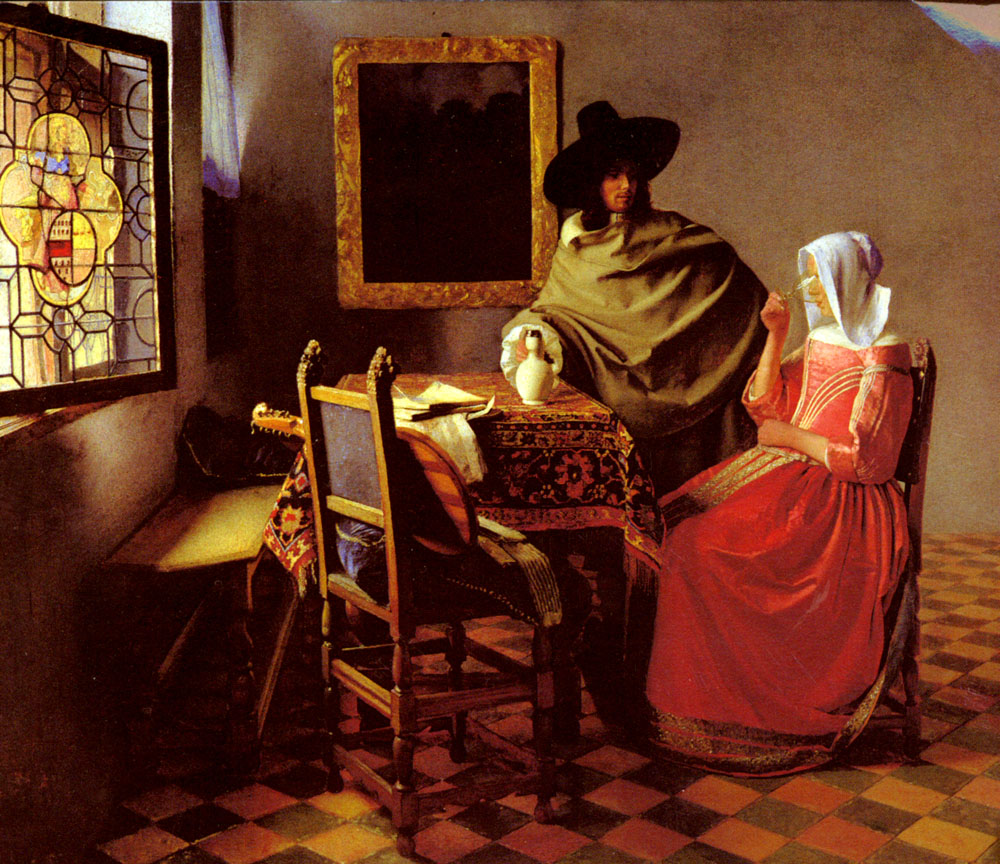
Vermeer, The Wine Glass (1658-1661)
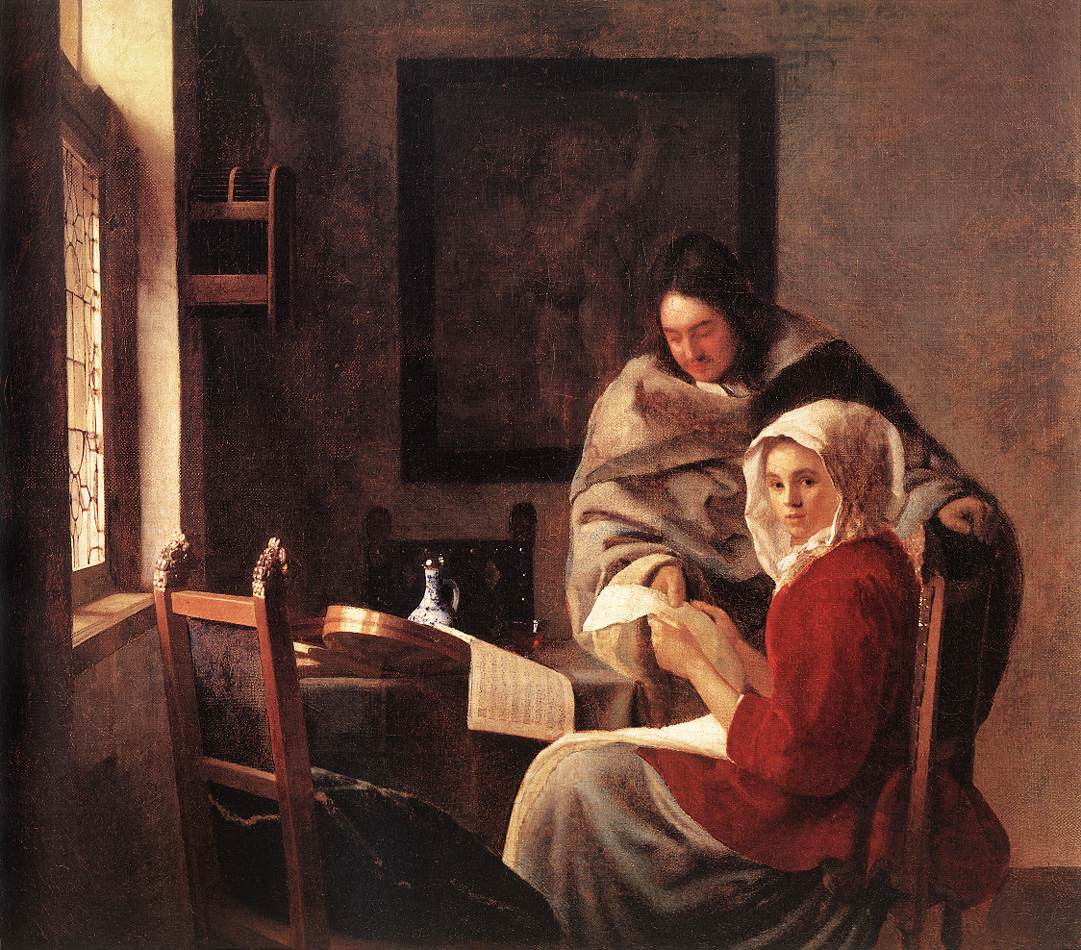
Vermeer, Girl Interrupted at her Music (1660-1661)
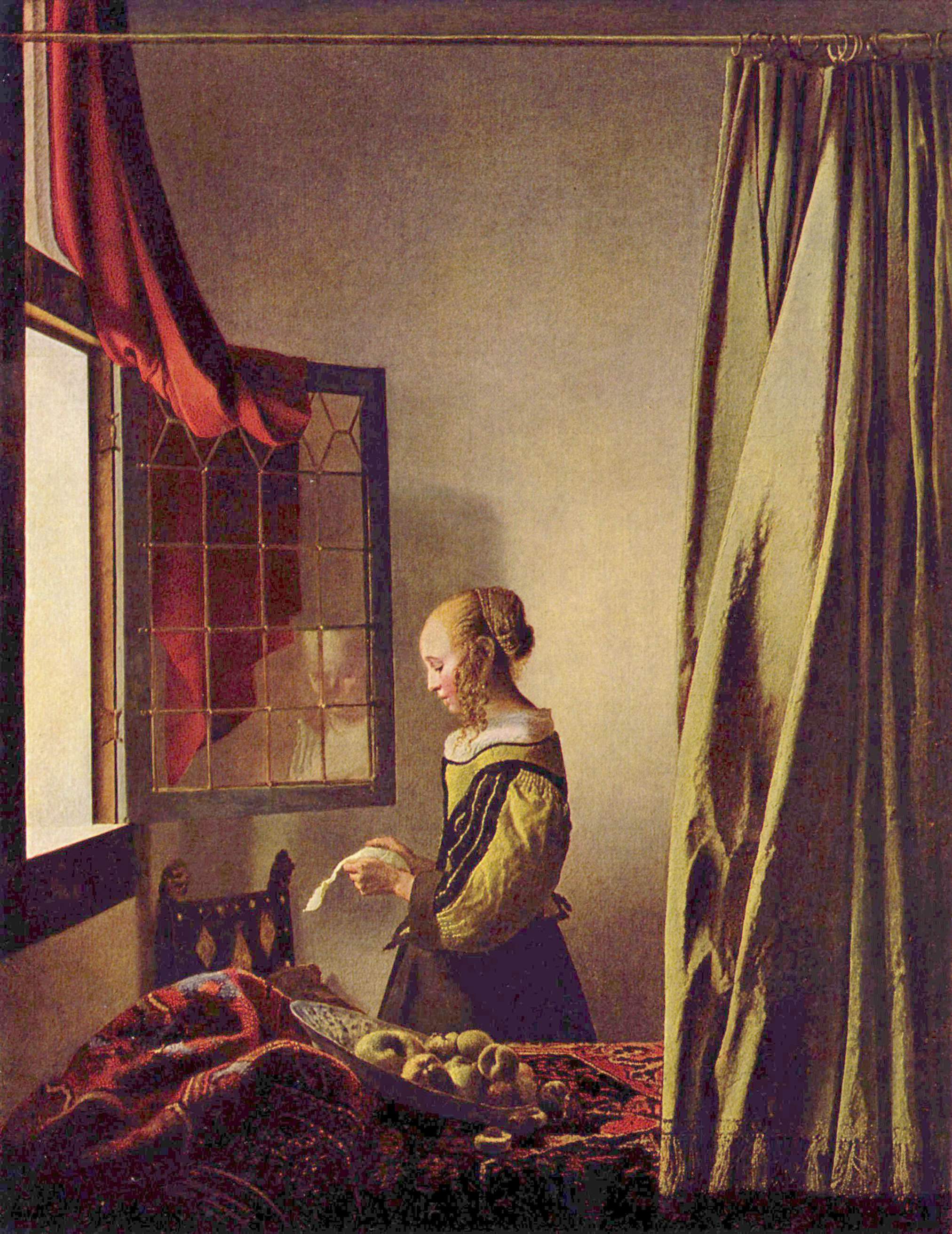
Vermeer, Girl Reading a Letter at an Open Window (1657-1659)
Dutch Imperialist Expansion
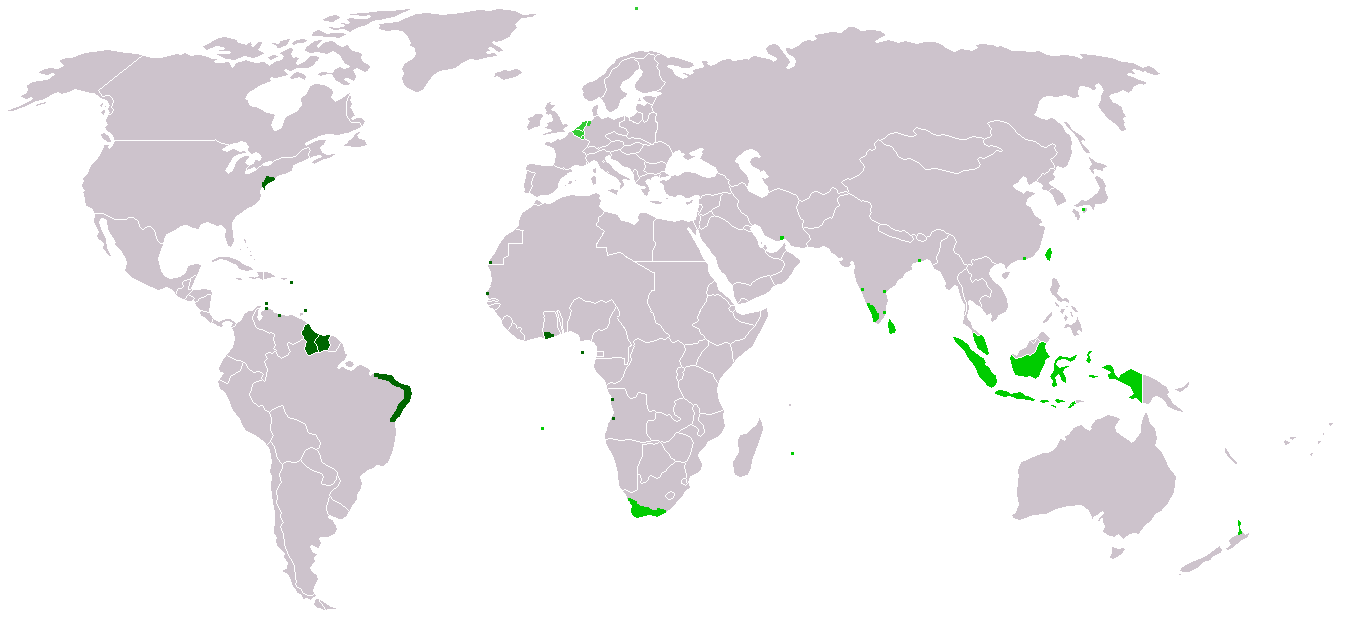
Dutch colonial possessions, with the Dutch East India Company possessions marked in a paler green, surrounding the Indian Ocean plus Saint Helena in the mid-Atlantic.
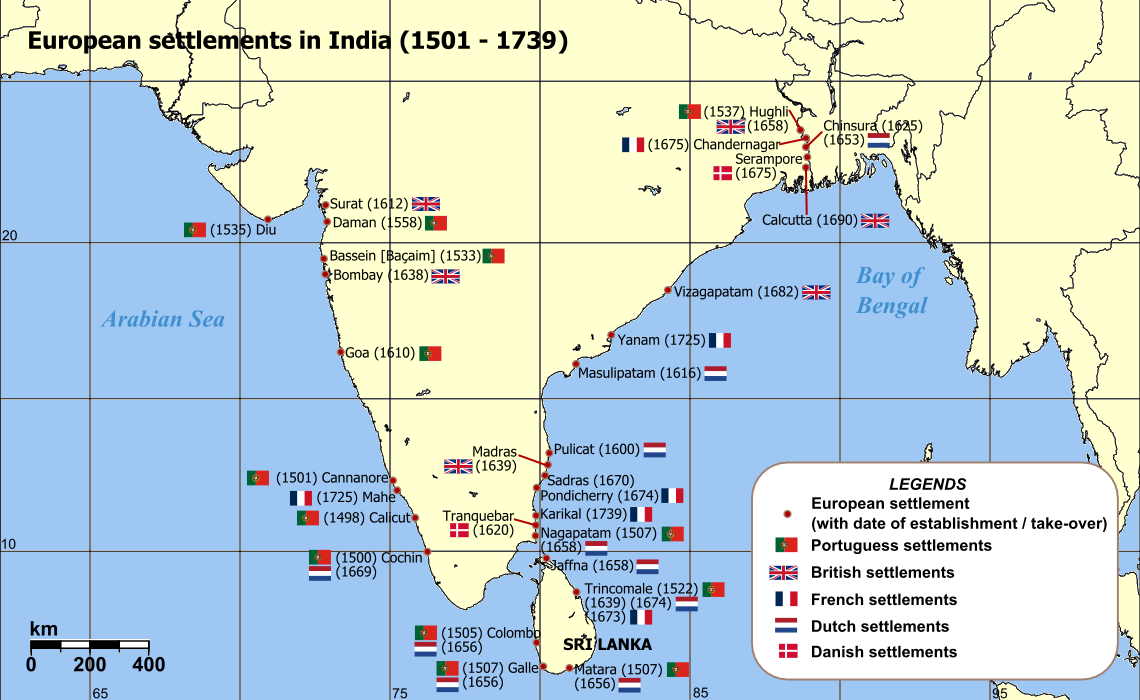
Dutch and other European settlements in India
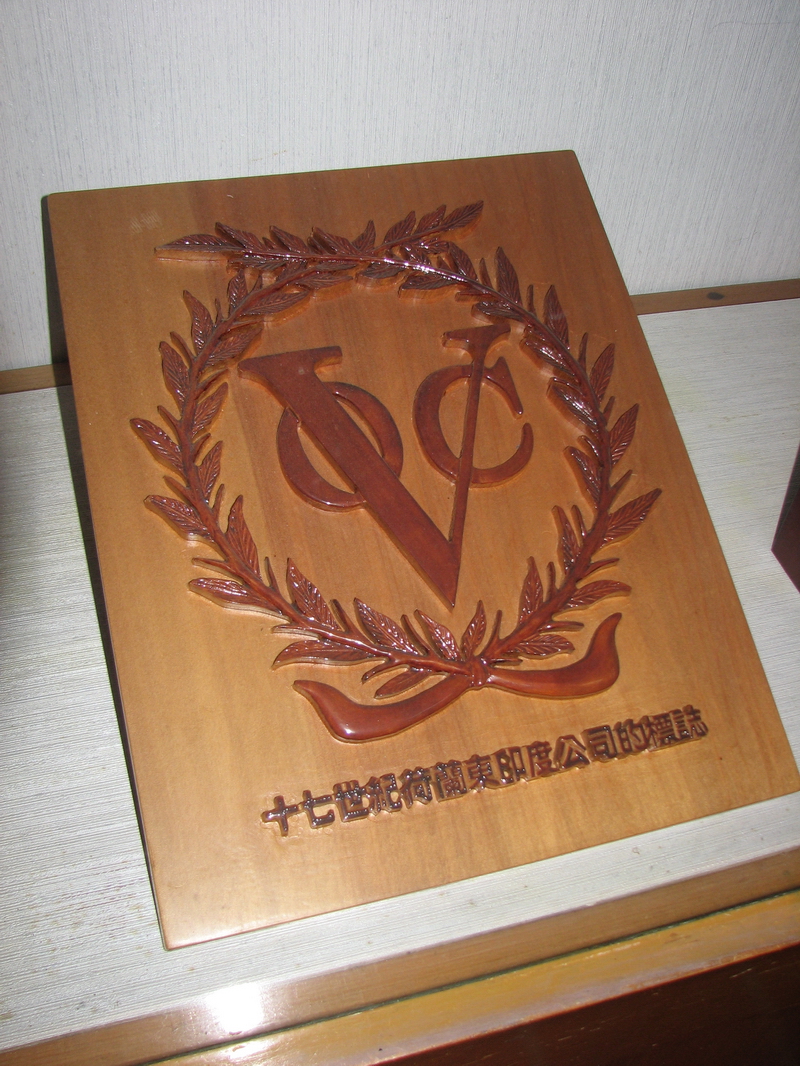
VOC (Dutch East India Company) logo in Tainan, Old Fort of Anping, Taiwan
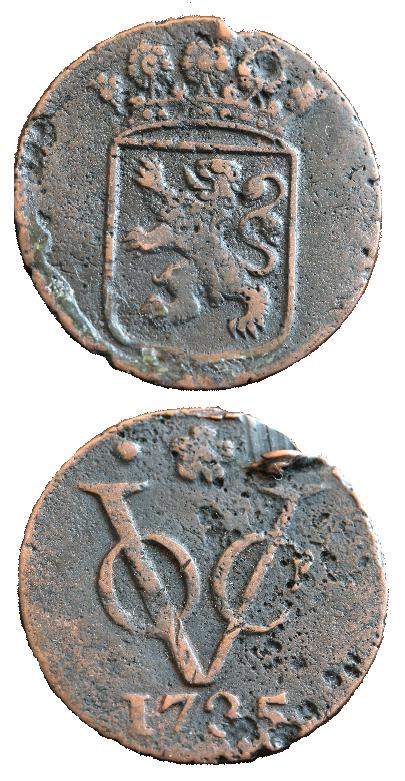
Coin Minted by the VOC
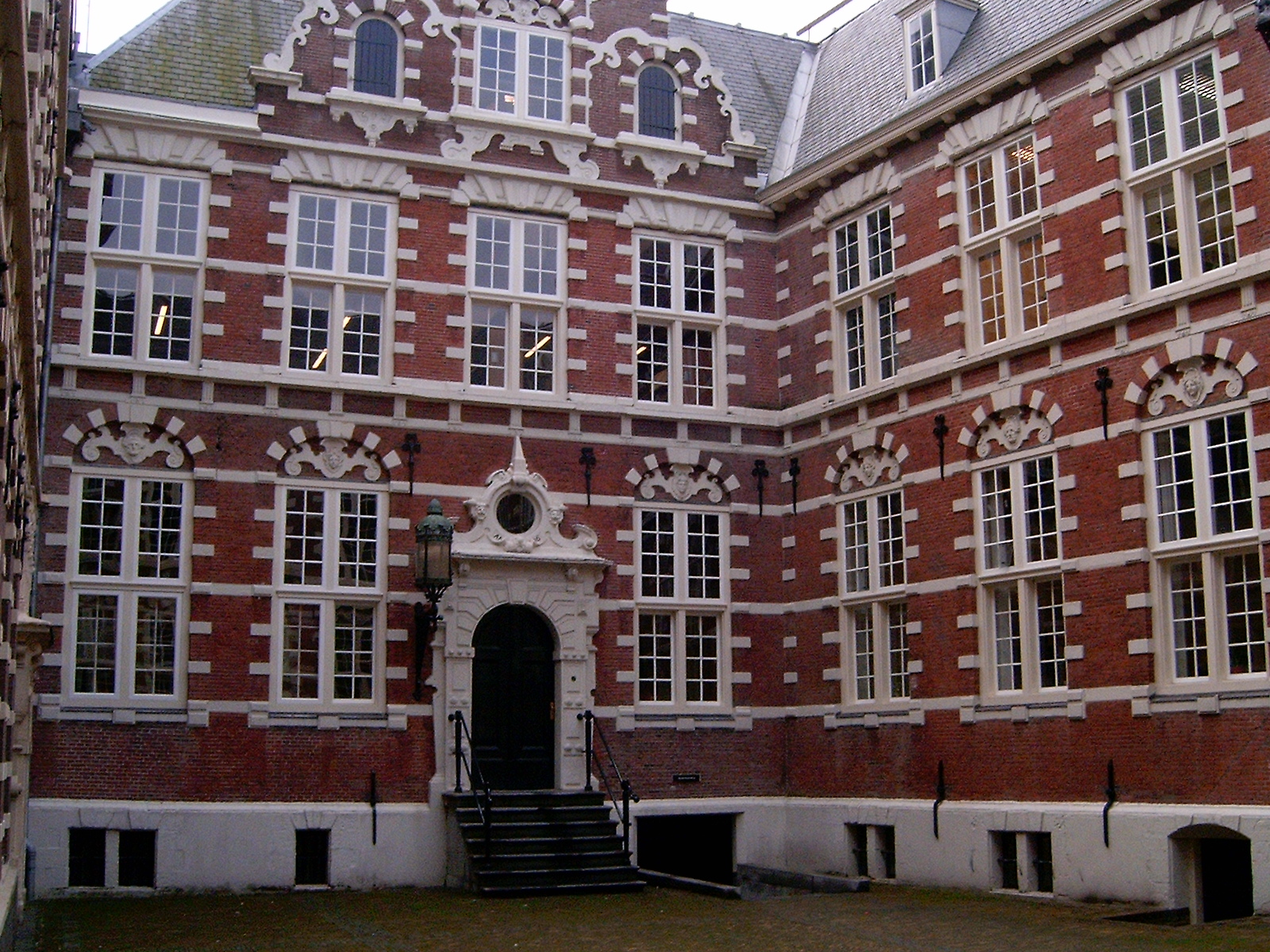
VOC headquarters in Amsterdam
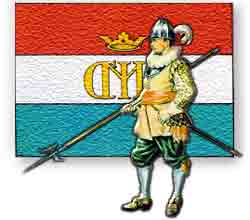
Flag of the West India Company
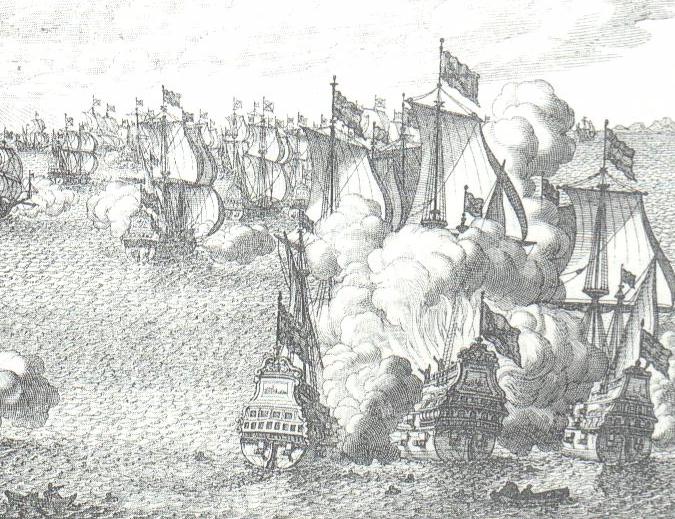
One of the many battles to break the Dutch blockade of Goa
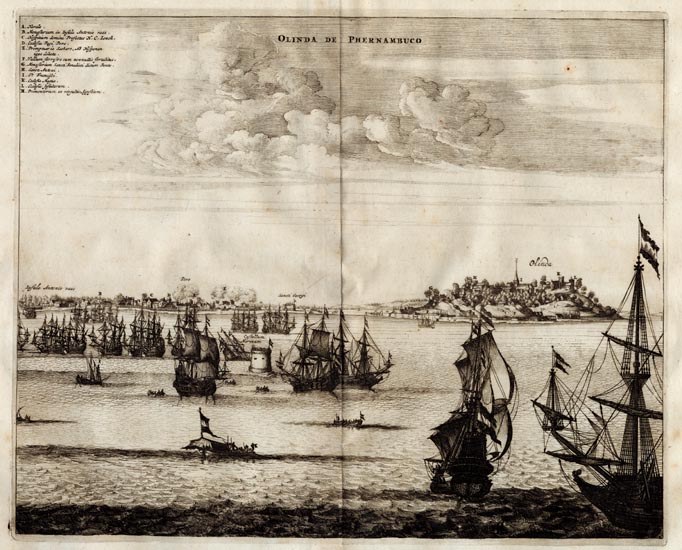
Dutch siege of Olinda
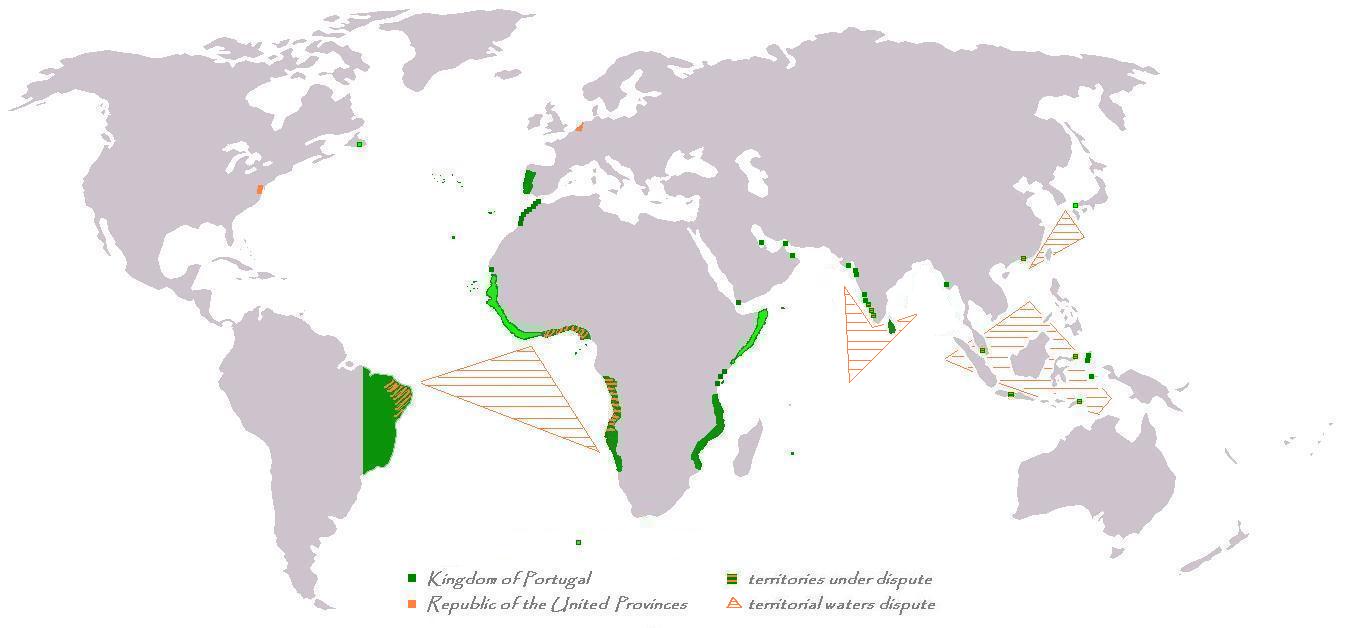
Dutch-Portuguese war
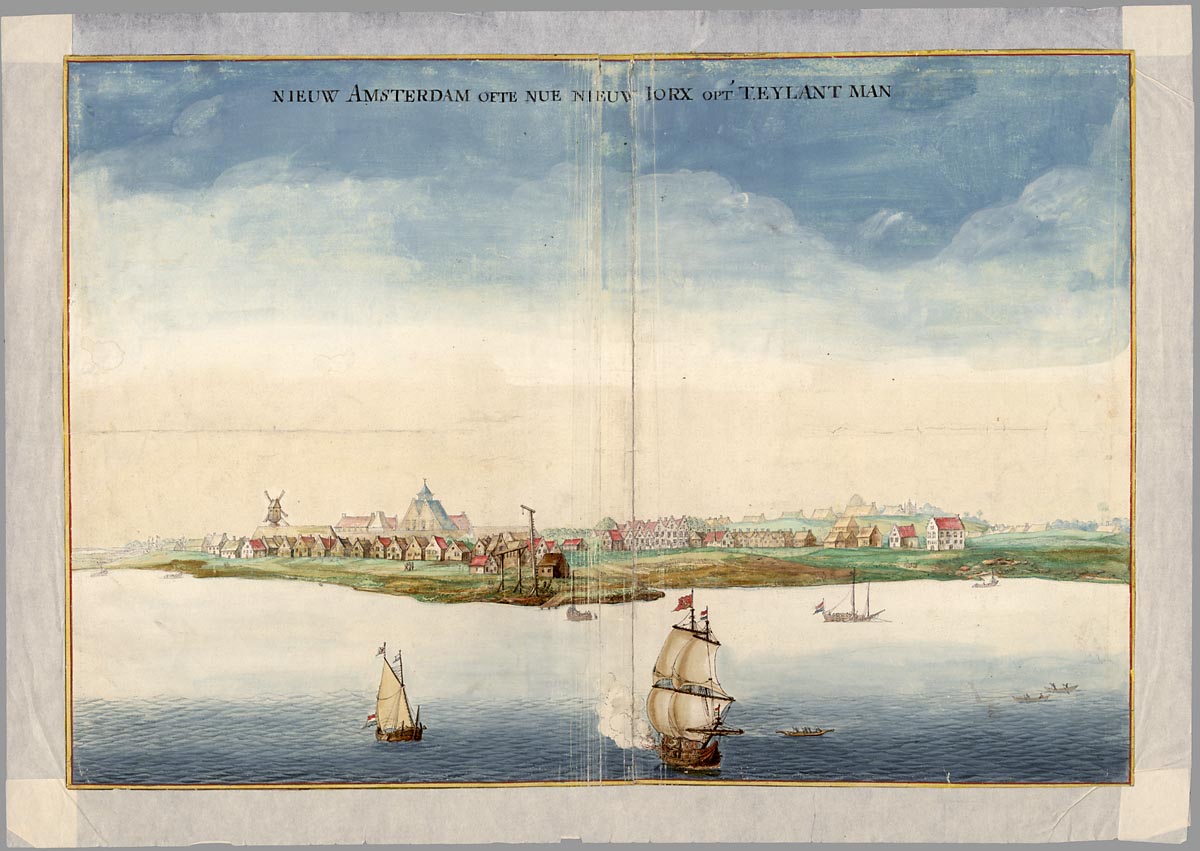
New Amsterdam, 1664
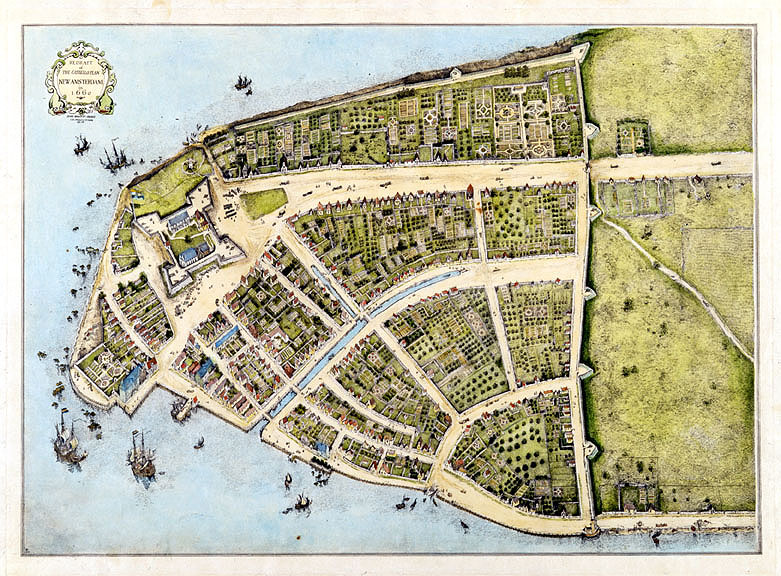
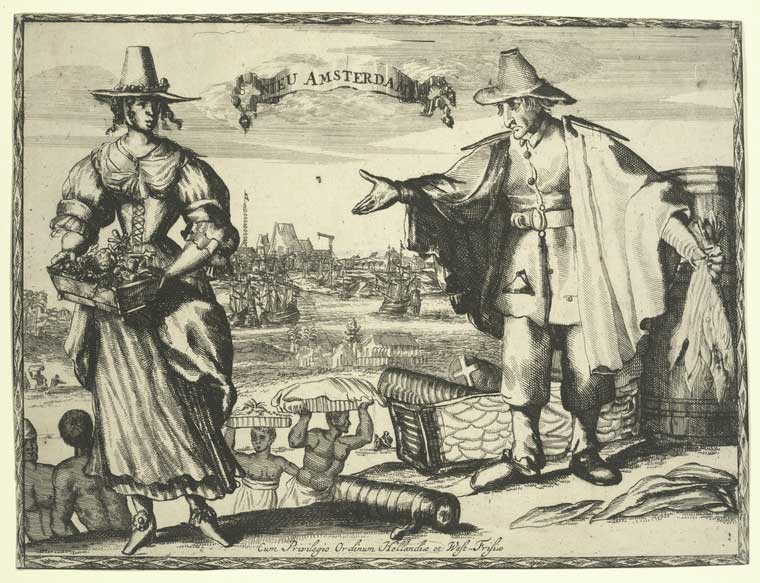
New Amsterdam
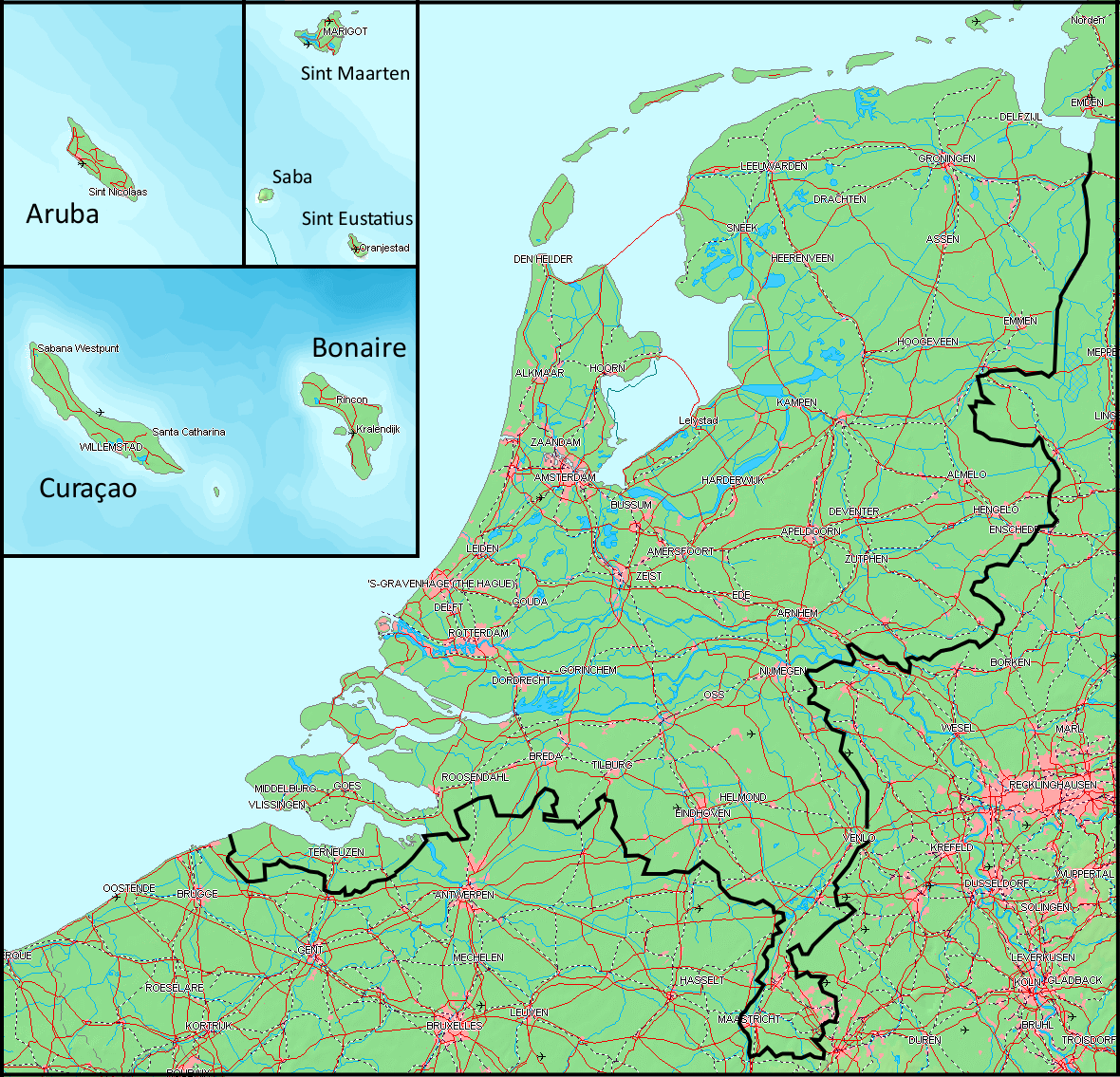
Dutch West Indies, Once the Center of the Caribbean Slave Trade

Dutch Ceylon (Sri Lanka)
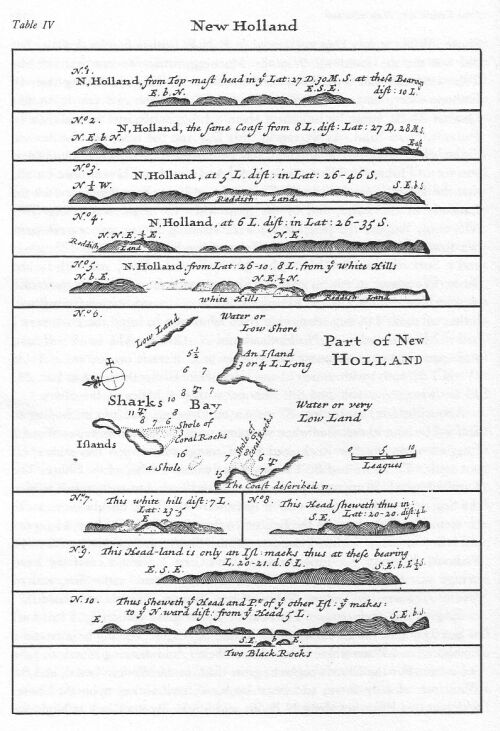
New Holland, Western Australia
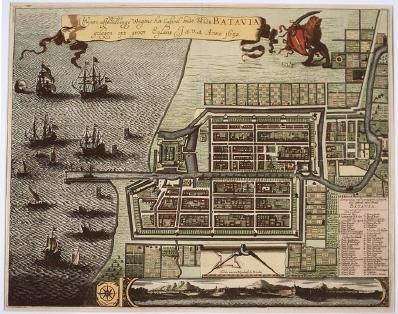
Dutch Batavia in the 17th Century, built in what is now North Jakarta
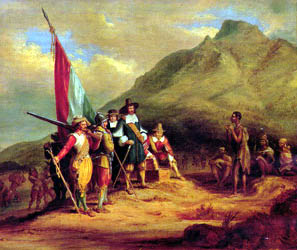
Jan Van Reibeck Arrives in Capetown, South Africa